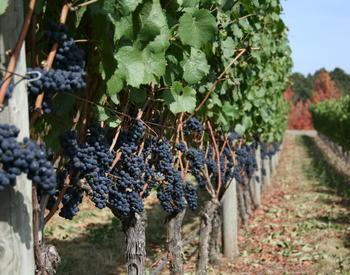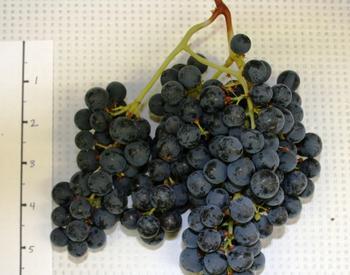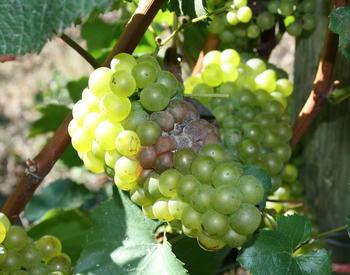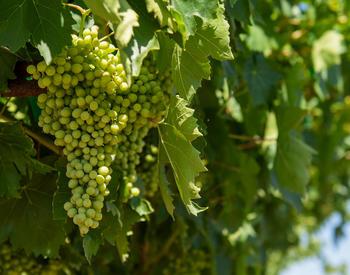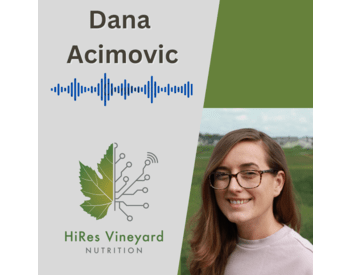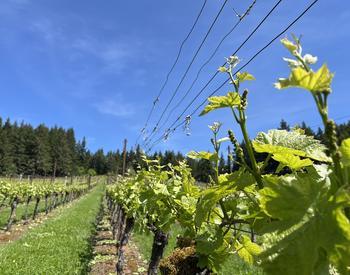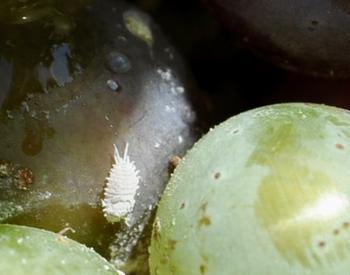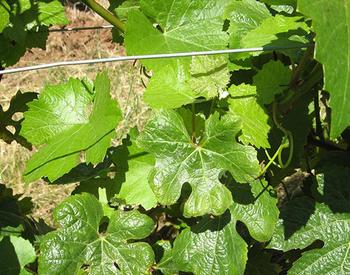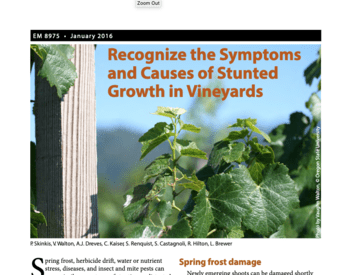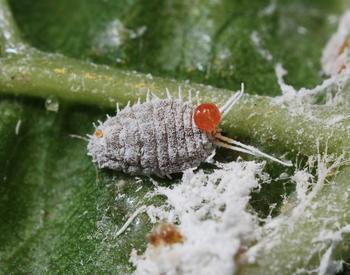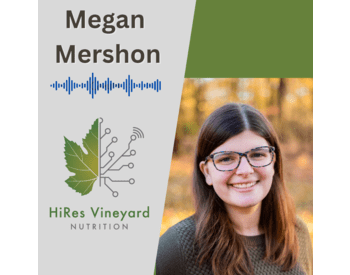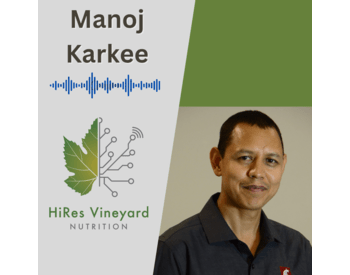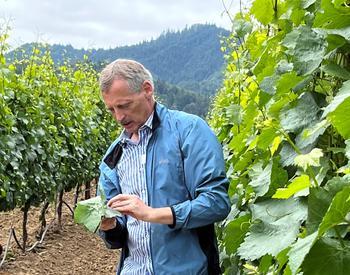Oregon State University is home to the Oregon Wine Research Institute, which is comprised of 12 core scientists with expertise in areas that include viticulture, enology, pest management, flavor chemistry and sensory analysis. It's a virtual institute with offices and labs at OSU's Corvallis campus and several of its research centers around the state. Its mission is to address the needs of Oregon's wine industry through research and educational outreach.
Oregon's Agricultural Progress Magazine on Android and on the Web.
